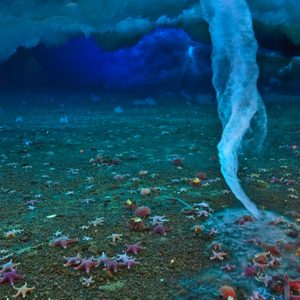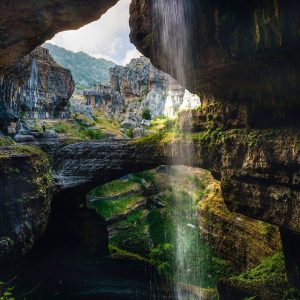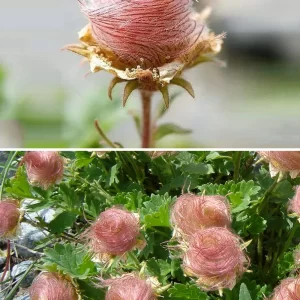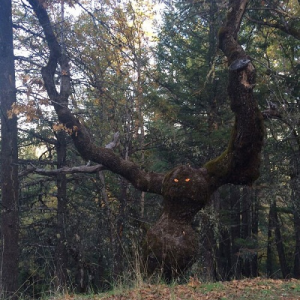After almost 400 million years, Takakia, the world’s oldest and fastest evolving moss, is losing ground in the Himalayas.
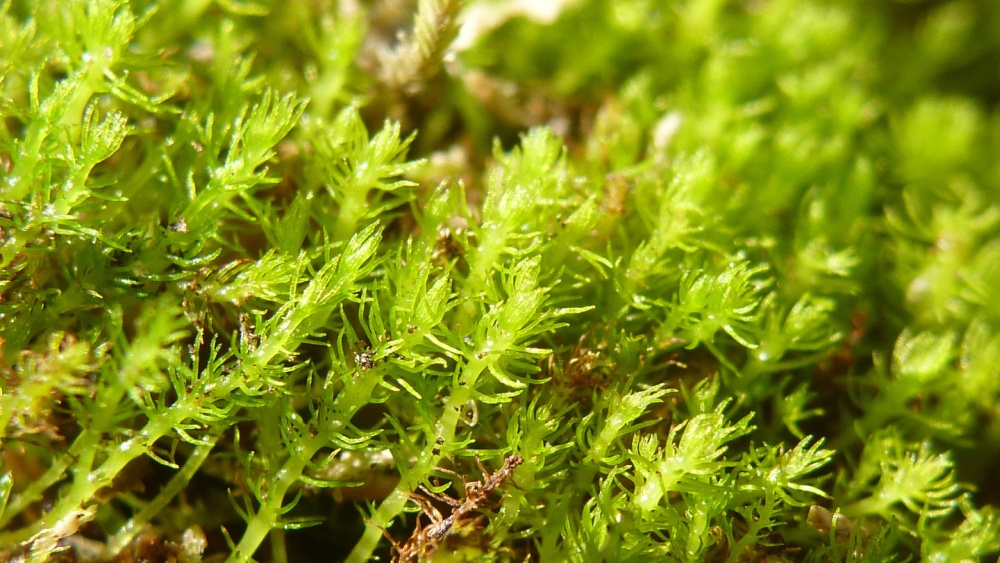
Unlike typical mosses, the moss genus Takakia (pictured) possesses unique characteristics. This small, delicate bryophyte has an age of approximately 390 million years and has the ability to thrive on the Tibetan Plateau, at altitudes exceeding 4,000 meters from sea level. Photo: Stu Crawford
Imagine a plant that has witnessed the rise and fall of dinosaurs, the formation of the Himalayas, and the emergence of human civilization. A plant that has adapted to some of the most extreme conditions on Earth, from freezing cold to intense ultraviolet radiation. A plant that has evolved faster than any other known moss, yet still retains some ancient features that make it unique among all living things. That plant is Takakia, a 390-million-year-old moss that grows on the remote cliffs of the Tibetan Plateau, as well as in parts of Japan and North America.
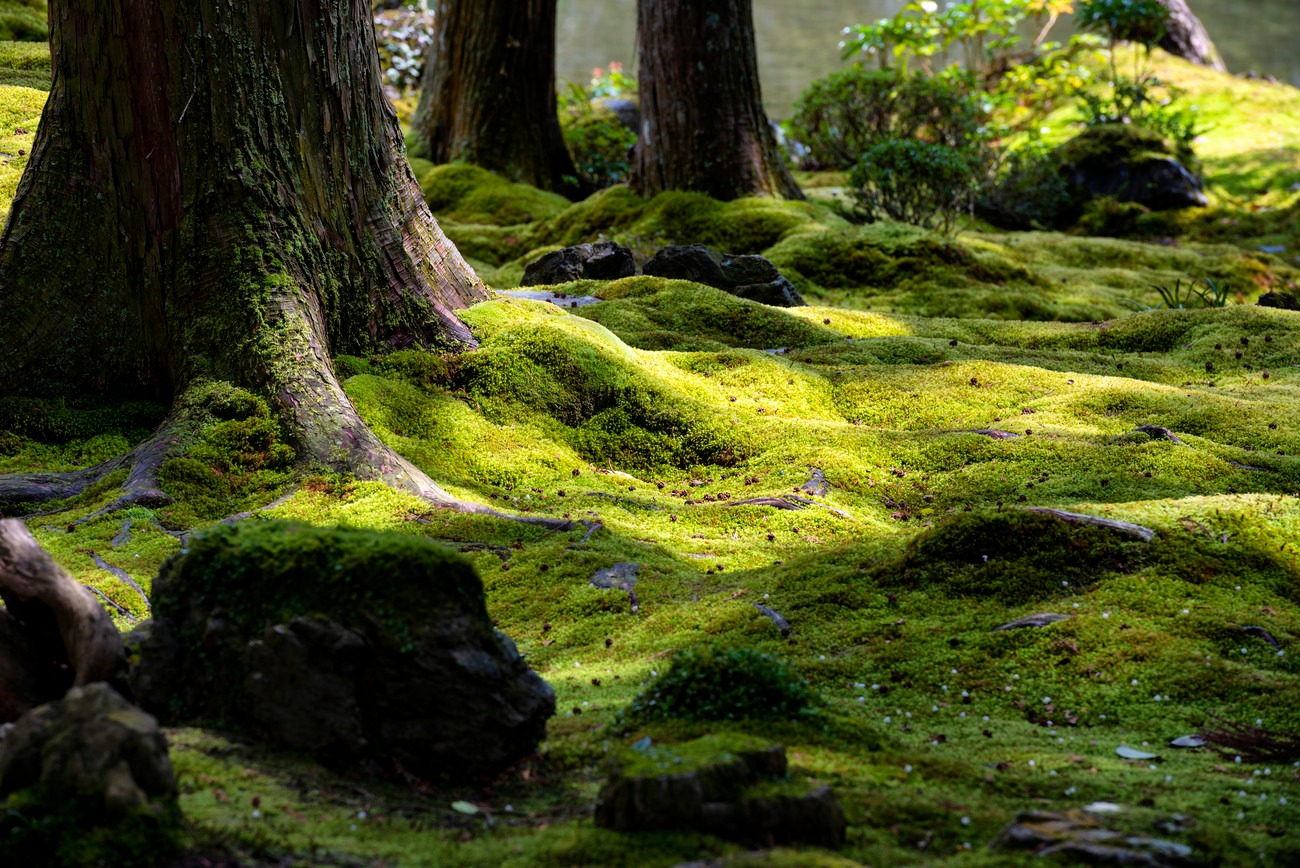
Takakia is a living fossil, a rare example of a species that has survived for millions of years with little external change. Its leaves are simple and undifferentiated, unlike most modern plants that have distinct upper and lower surfaces. It also lacks stomata, the pores that most plants use to exchange gases with the atmosphere. Instead, it absorbs water and carbon dioxide directly through its cells, a primitive trait that dates back to the first land plants.
But Takakia is not stuck in the past. Its genome reveals that it has undergone rapid evolution at the molecular level, especially in response to the harsh environment of the Tibetan Plateau. The plateau, also known as the “roof of the world”, is the highest and largest in the world, with an average elevation of over 4,000 meters. There, Takakia faces low temperatures, high winds, heavy snowfall, and intense UV-B radiation that can damage DNA and proteins.
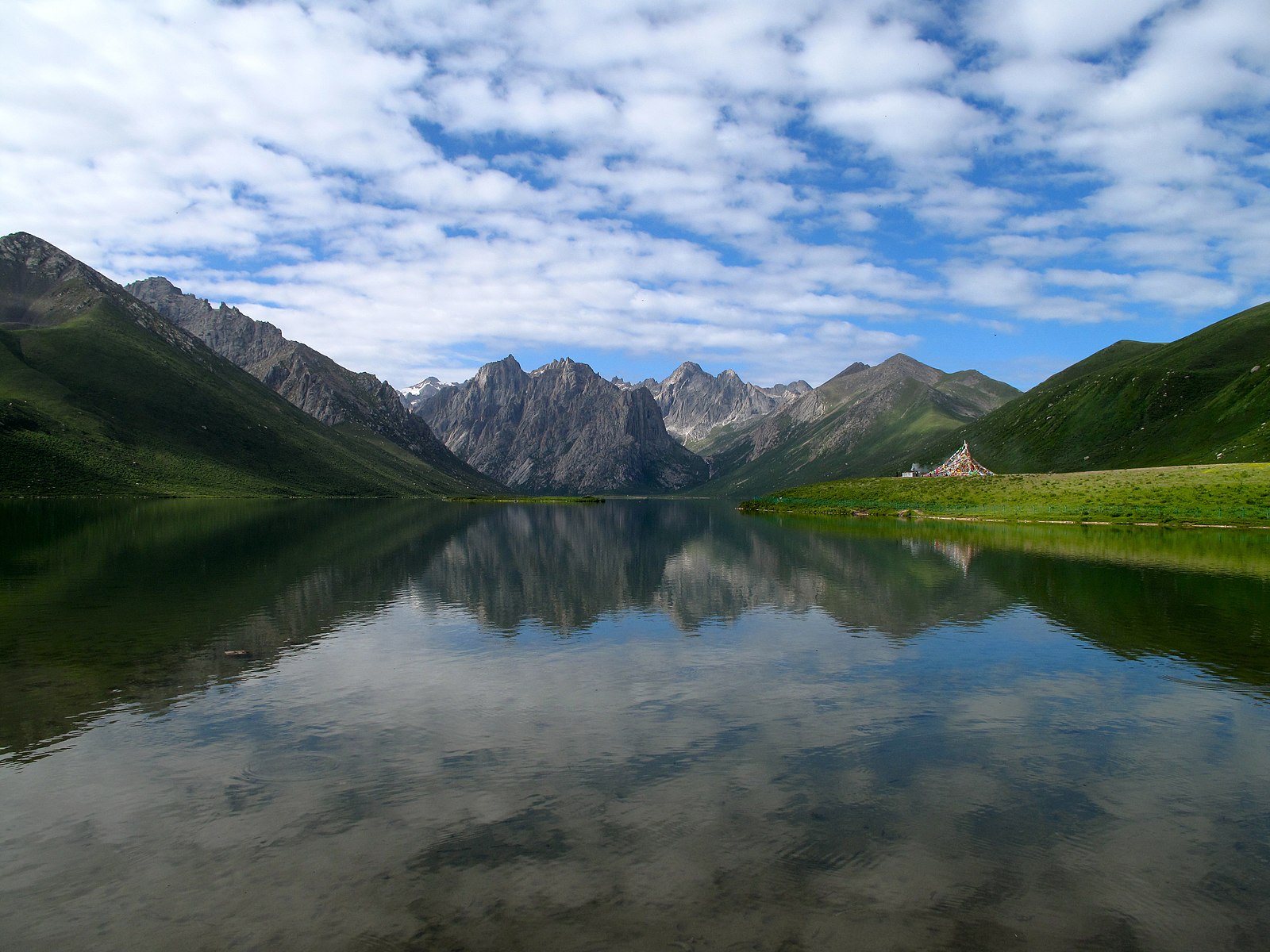 Takakia lives in the extreme conditions of the Tibetan Plateau. Photo: Tenace10
Takakia lives in the extreme conditions of the Tibetan Plateau. Photo: Tenace10
To cope with these challenges, Takakia has developed a remarkable set of adaptations. For example, it has genes that help it repair UV-induced damage, synthesize protective pigments, and produce antifreeze proteins. It also has genes that enable it to grow slowly and conserve resources, which are crucial for surviving in nutrient-poor soils and long winters. In fact, Takakia has more fast-evolving genes than any other plant genome sequenced so far, according to a study published in Cell in August 2023.

The study, led by researchers from China and Germany, involved a decade-long effort to collect and analyze Takakia samples from different locations. The researchers also compared Takakia with a 165-million-year-old fossil from Mongolia, which confirmed its ancient origin and remarkable stability. The fossil showed that Takakia has maintained its external appearance for millions of years, despite undergoing dramatic changes in its habitat and genome.
But this stability may not last much longer. Takakia is now facing a new threat: climate change. The Tibetan Plateau is one of the most sensitive regions to global warming, with temperatures rising faster than the global average. This could have devastating consequences for Takakia and other alpine plants that depend on cold and stable conditions.
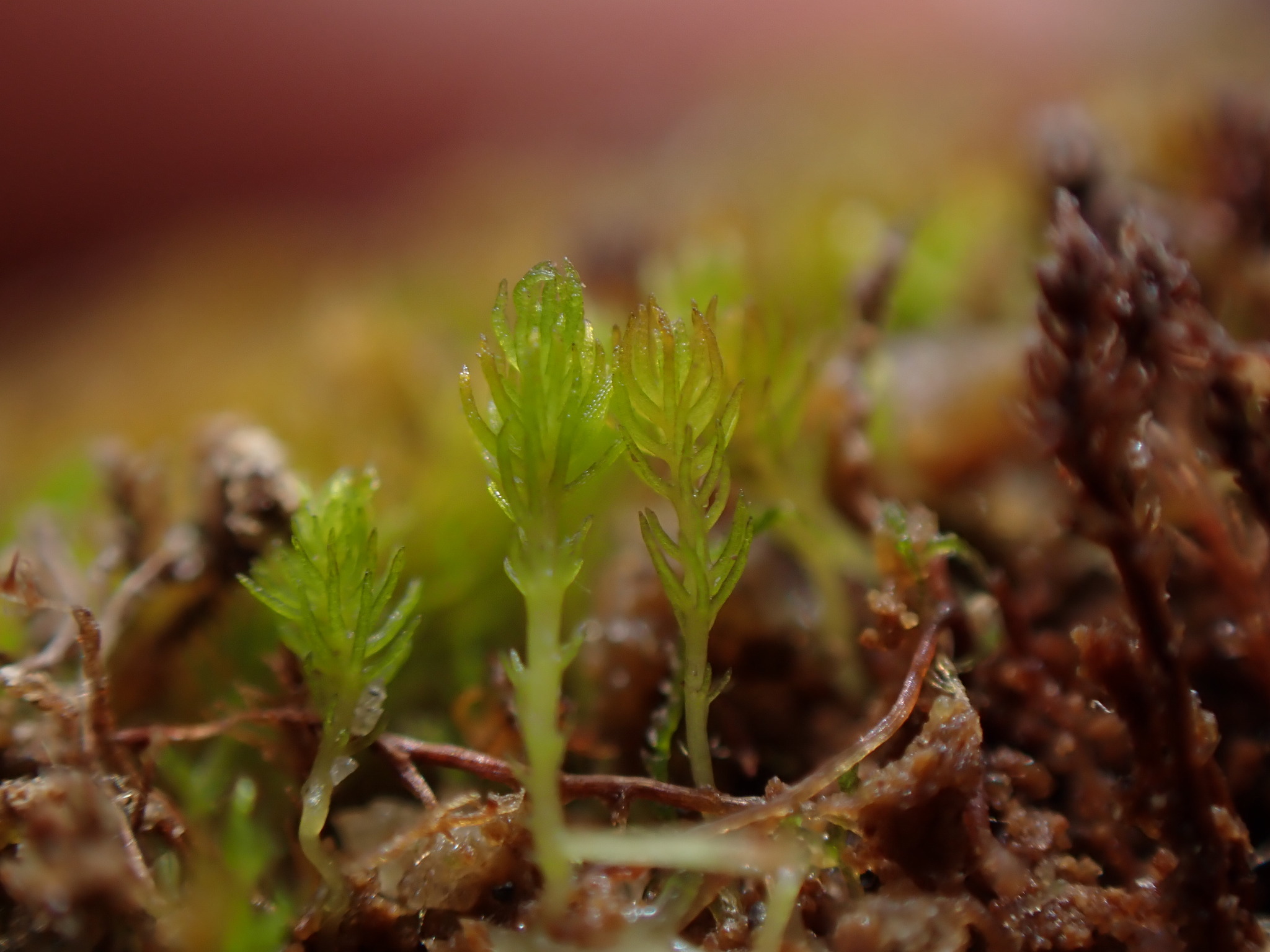 Photo: Randal
Photo: Randal
The researchers warn that Takakia could go extinct in the near future if climate change continues unabated. They estimate that Takakia has a very low dispersal ability, meaning that it cannot easily migrate to new areas or colonize new habitats. It also has a very low reproductive rate, meaning that it cannot quickly produce new generations or adapt to changing environments. These factors make Takakia highly vulnerable to extinction.
Takakia is not only a fascinating example of evolutionary history, but also a valuable source of biological information. Its genome could reveal new insights into how plants cope with stress, how they diversify over time, and how they interact with their environment. Its survival could also benefit other organisms that share its habitat, such as animals, fungi, and bacteria.
Therefore, the researchers urge for more conservation efforts to protect Takakia and its habitat from further degradation. They suggest that Takakia could be cultivated in botanical gardens or greenhouses as a backup measure, but they emphasize that preserving its natural habitat is essential for its long-term survival. They also call for more public awareness and education about this unique and endangered moss.
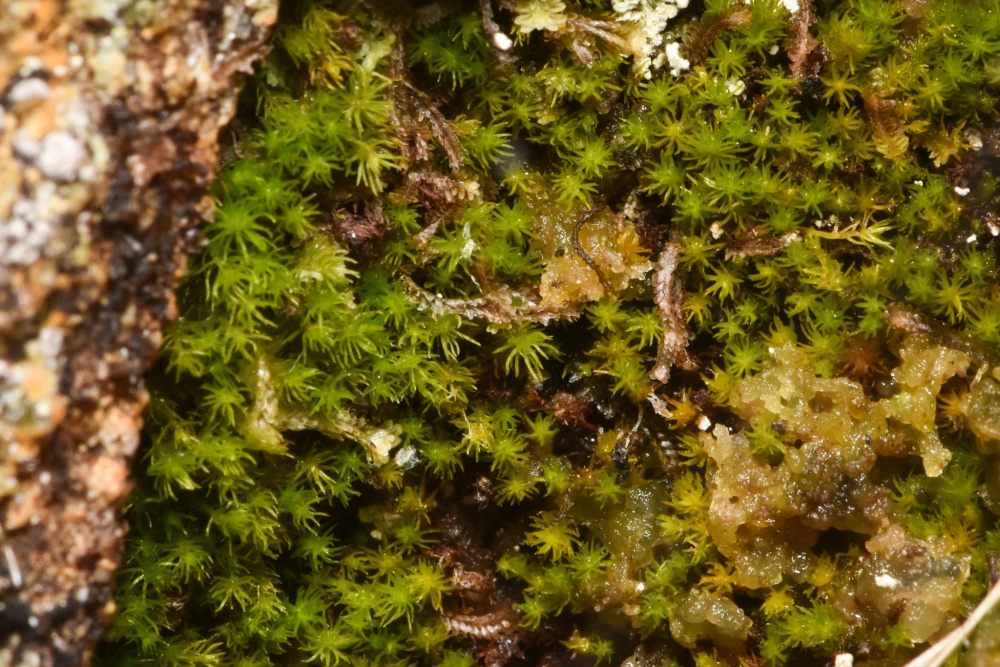 Photo: Braden J. Judson
Photo: Braden J. Judson
Takakia is a living testament to the resilience and diversity of life on Earth. It has survived for millions of years in some of the most challenging environments imaginable. But it may not survive much longer if we do not act soon to save it from climate change.

